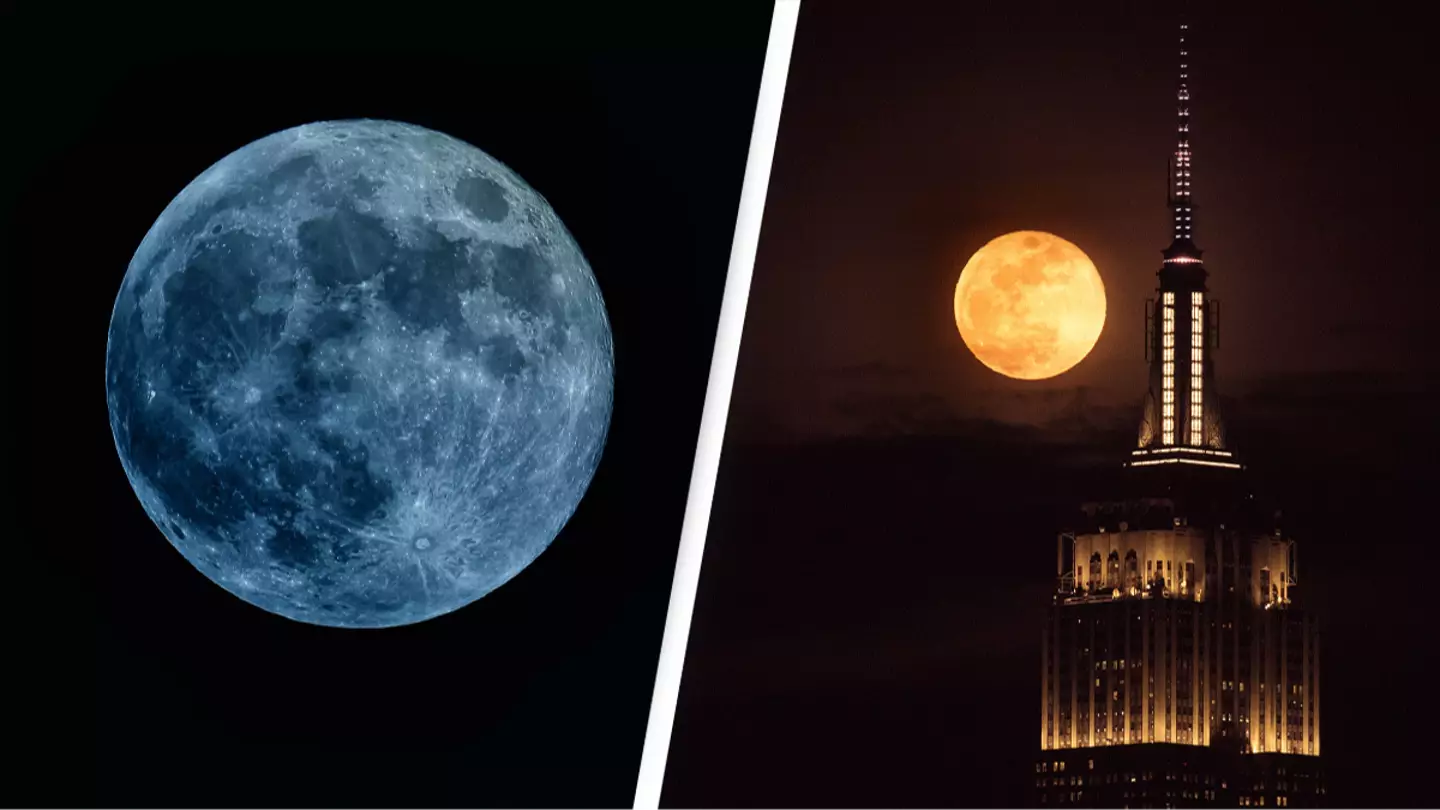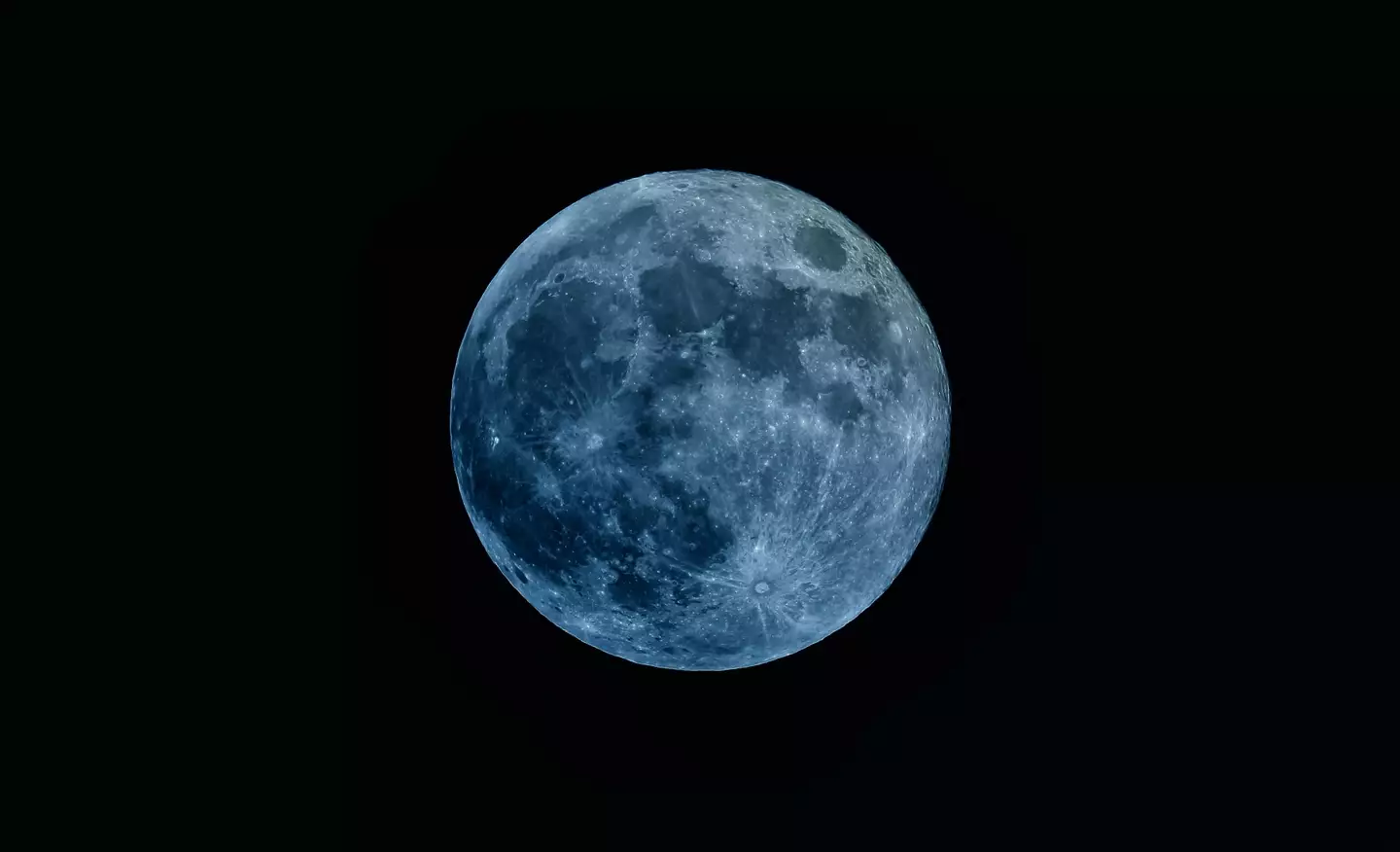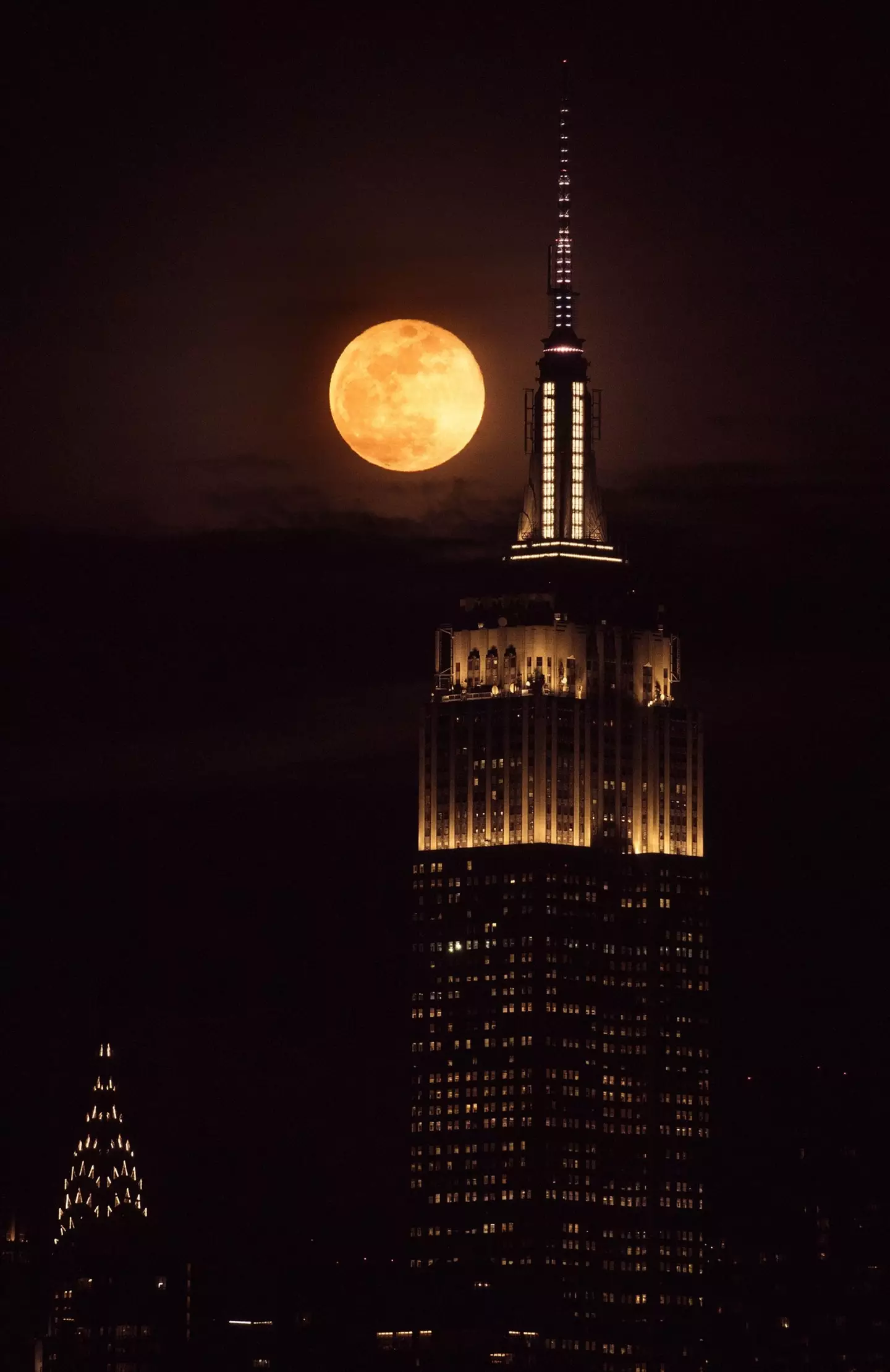
The extremely rare 'Blue Supermoon' will be the brightest of the year and light up skies this week.
For anyone keeping an eye out for the cosmic phenomenon, the moon will also be larger but only by about seven percent, according to Space.com.

"Warm summer nights are the ideal time to watch the full moon rise in the eastern sky within minutes of sunset," explained retired NASA astrophysicist Fred Espenak to Nexstar’s WPIX.
Advert
According to NASA, the name 'supermoon' was coined by an astrologer back in 1979.
"[It] is often used by the media today to describe what astronomers would call a perigean full moon: a full moon occurring near or at the time when the Moon is at its closest point in its orbit around Earth," the government agency adds.
Skygazers will be happy to know the exciting lunar event will be visible on Wednesday (30 August) with InTheSky.org predicting the supermoon will rise at 7:10 pm ET and set at 6:46 am ET on Thursday (31 August).
The event marks an exciting time as for any observes as not only is it a full moon, but it's also a Blue Moon - meaning that it's the third full moon in a season that has four full moons.
Advert
The Blue Moon is now the second full moon this month following the Full Sturgeon Moon which rose at the very start of the month on 1 August.

And it doesn't stop there as the Blue Moon of August 2023 will also be joined by a special guest in the sky - Saturn.
Saturn will be particularly bright that same evening, as the gas giant will be at the point in the sky where it lies directly opposite the sun as it is seen from Earth.
Advert
Talk about a two for one.
Skygazers hailing from the US will be able to see the planet in the constellation Aquarius, located above and to the right of the moon, while those in the Southern Hemisphere will be able to see the planet just below the moon.
While the phenomenon occurs relatively frequently by astronomical standards - once every two to three years - it's definitely a rare sighting for all of us on the ground hoping to catch a peek at the wonder.
The last Blue Moon rose back in August 2021, and the next one is expected to rise in August 2024 so get those binoculars out!